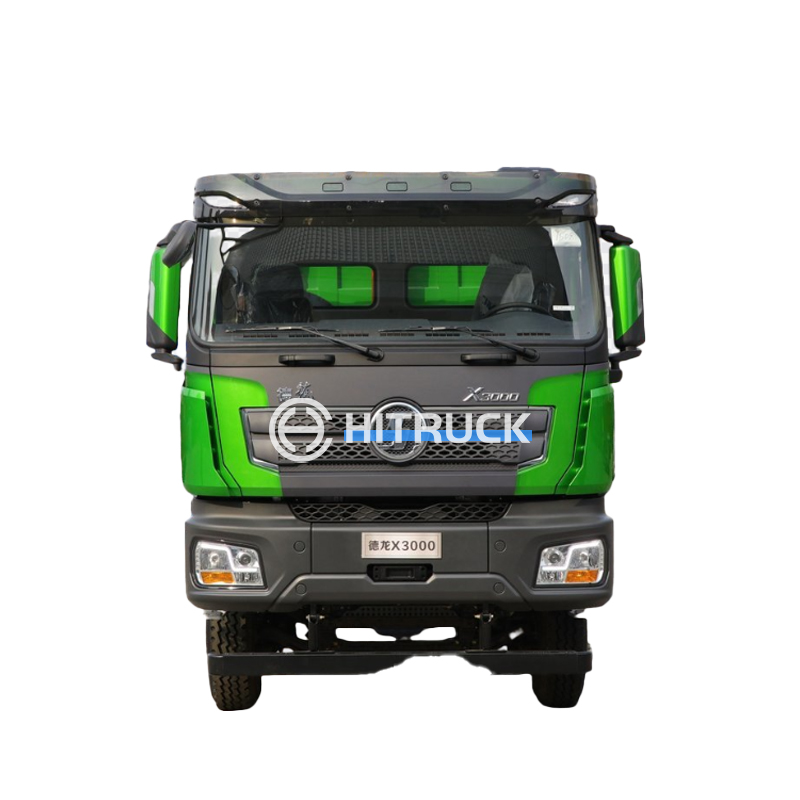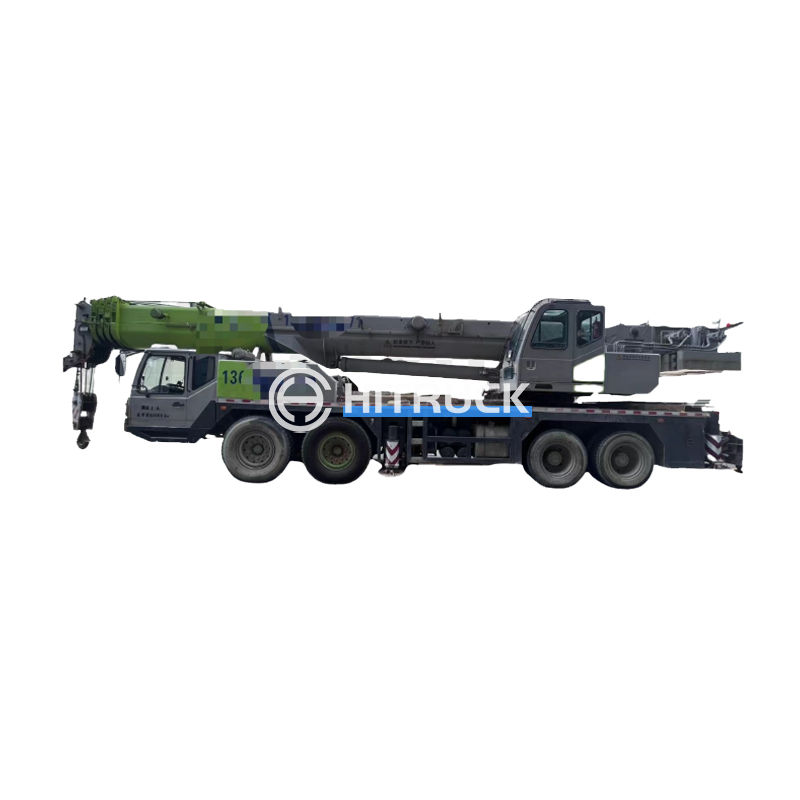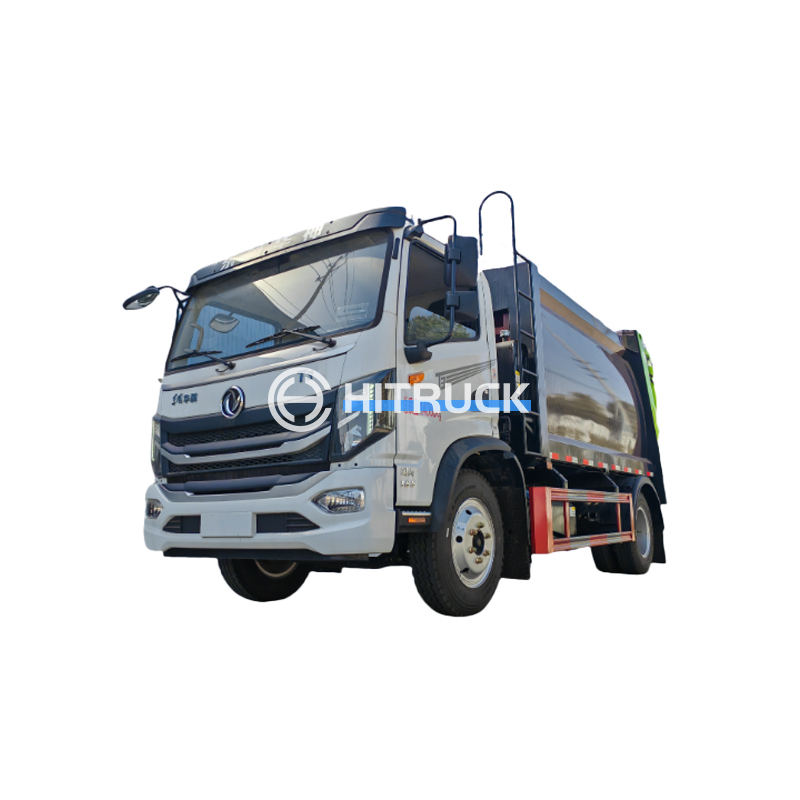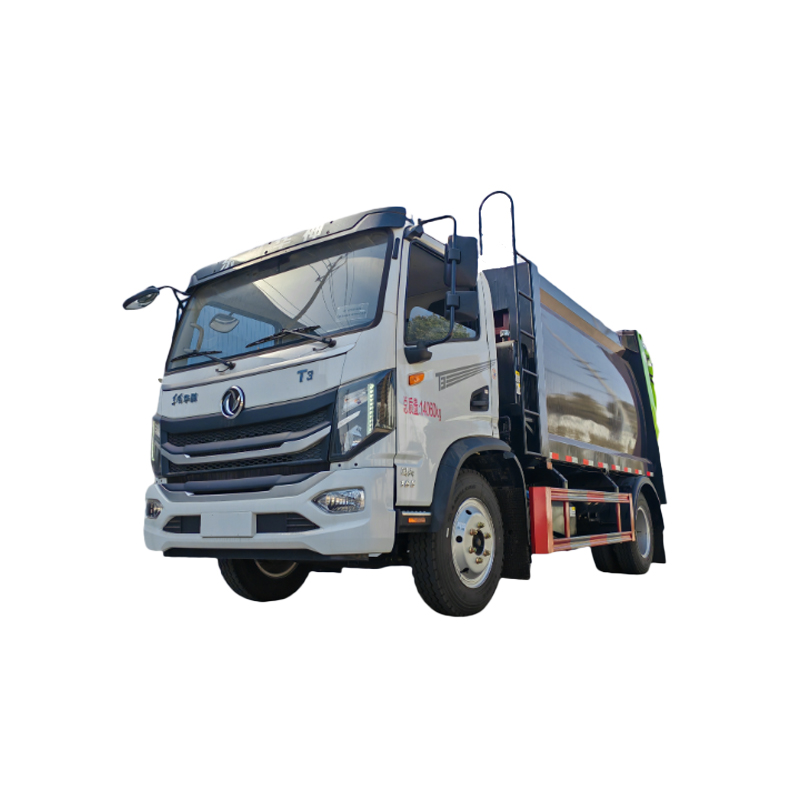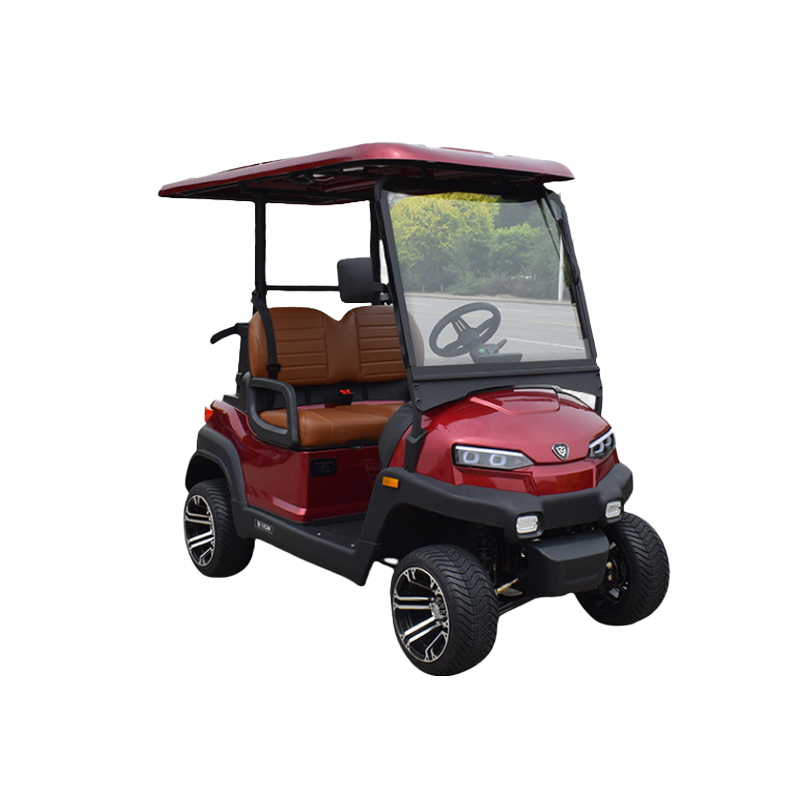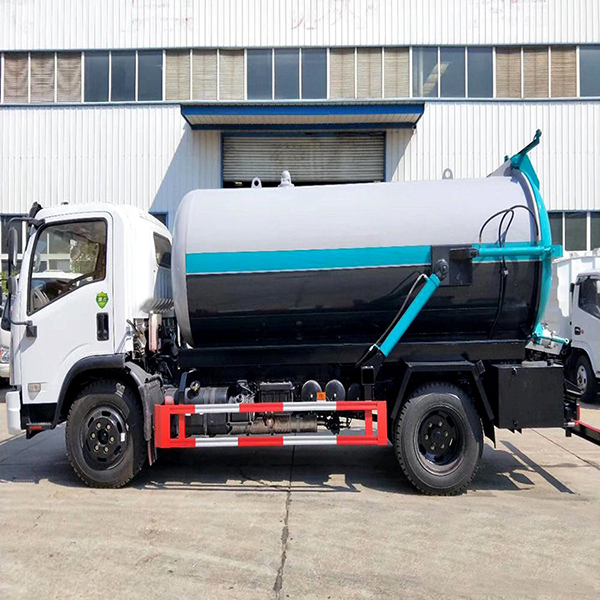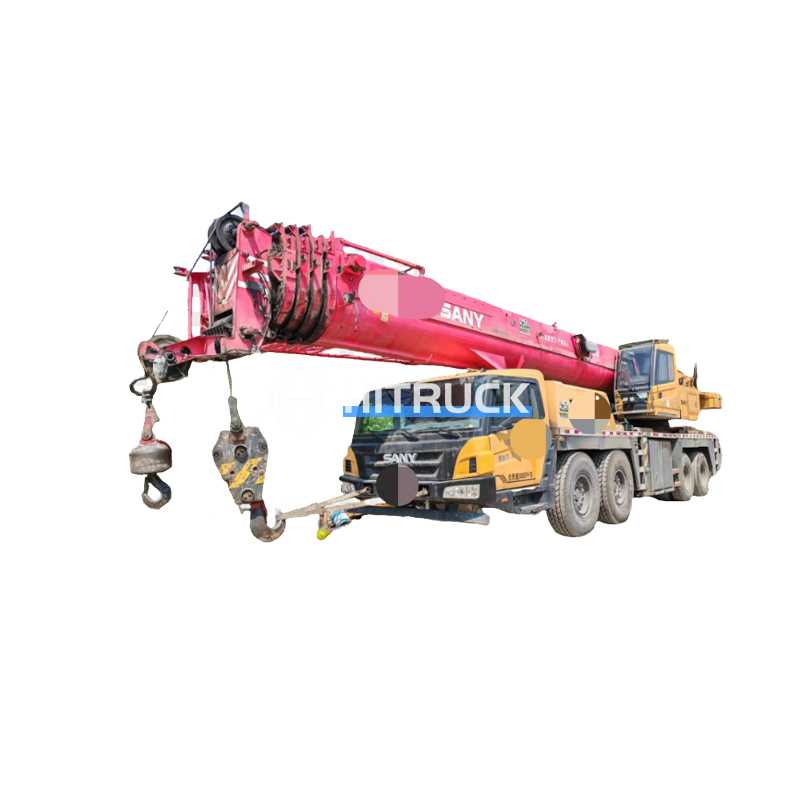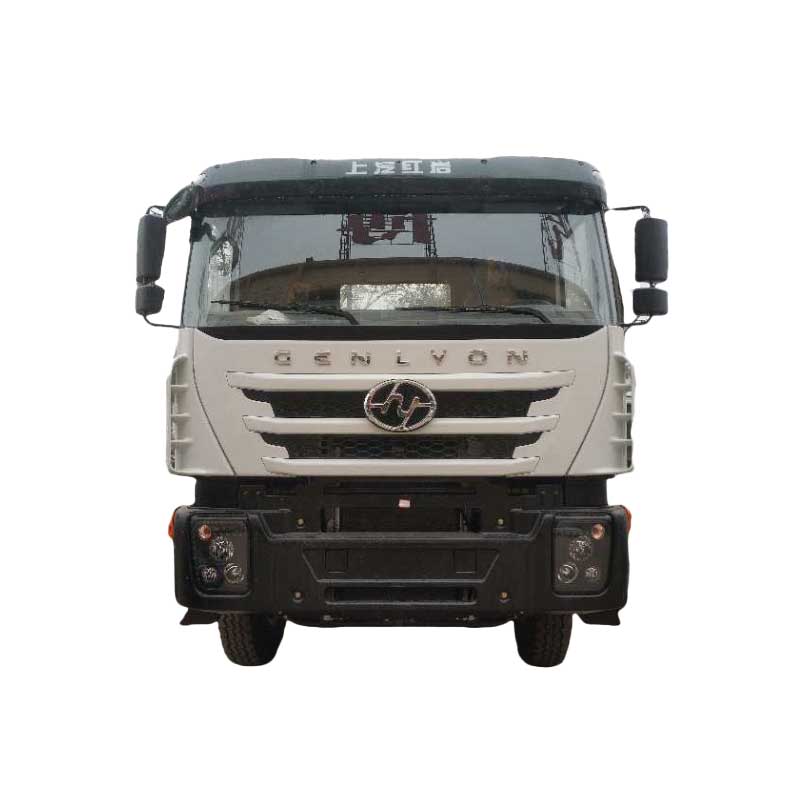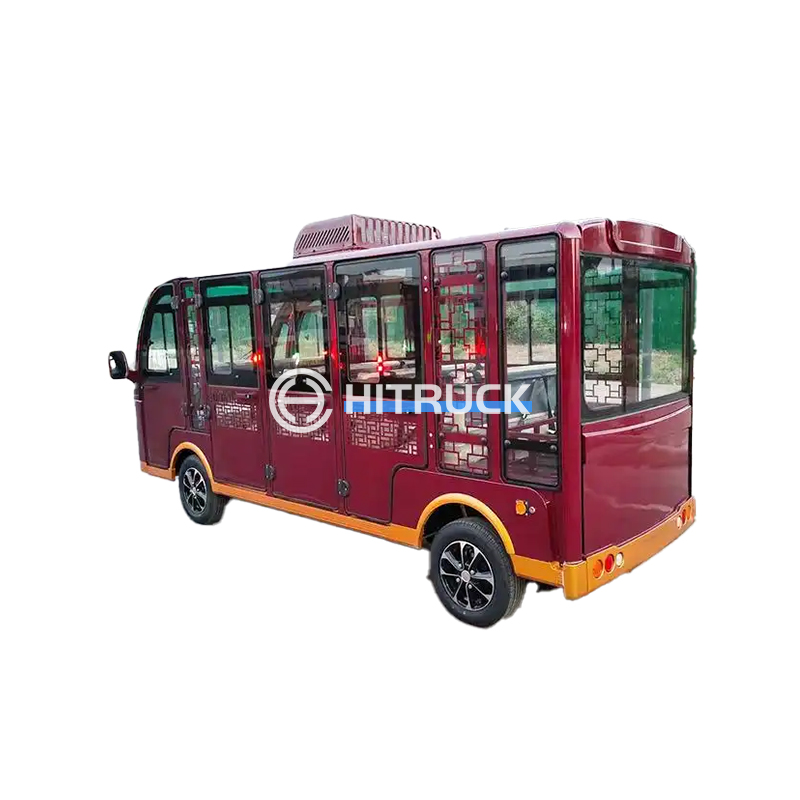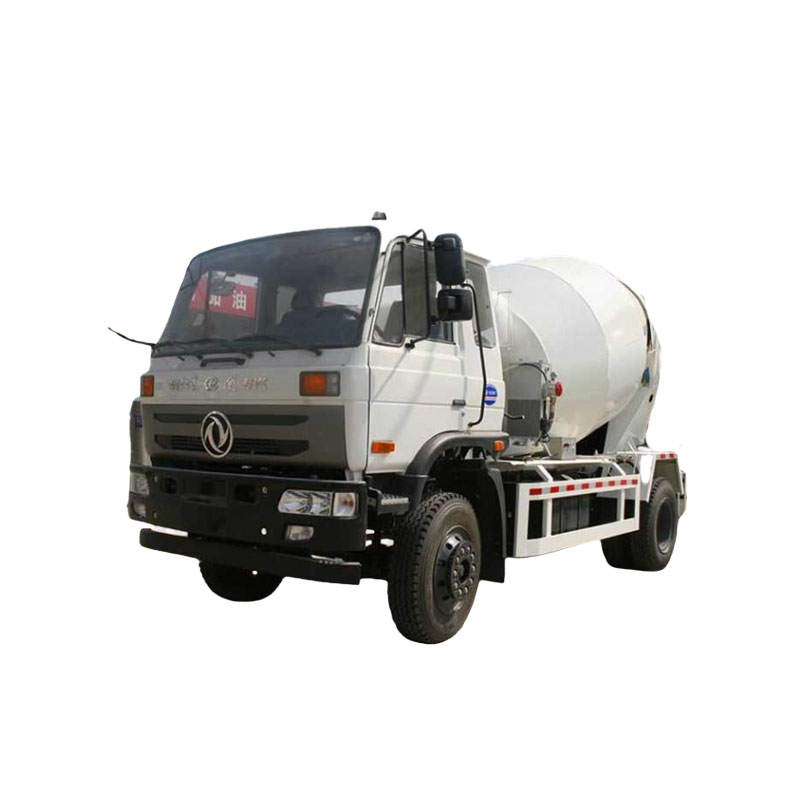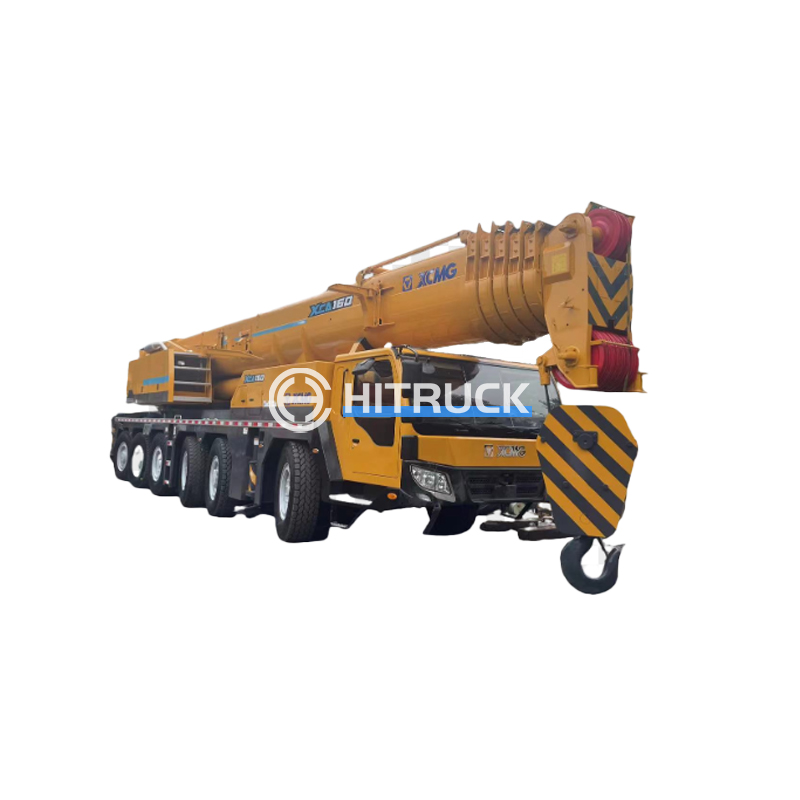This comprehensive guide explores the world of pump trucks used in cement applications. We'll delve into the different types, their functionalities, and factors to consider when selecting the ideal pump truck for your specific project. Learn about capacity, reach, and maintenance to make informed decisions and ensure efficient cement delivery.
Boom pumps, also known as concrete boom pumps, are the most common type used for delivering cement to various heights and distances. These pump trucks utilize a telescopic boom to precisely place the concrete where needed, minimizing manual labor. Factors like boom length and placement accuracy are crucial when choosing a boom pump. Consider the reach required for your project and the maneuverability needed on the job site.
Line pumps, unlike boom pumps, utilize a series of pipes and hoses to transport concrete. They are often preferred for projects requiring horizontal transportation over long distances or where access for a boom pump is limited. While less versatile in terms of vertical placement, line pumps excel in efficiency for linear concrete delivery. This type of pump truck cement system is especially suitable for large-scale projects like road construction or long pipeline fills.
Trailer pumps are compact and easily maneuverable pump trucks, particularly useful for smaller projects or where space is limited. They offer a balance of portability and pumping capacity, making them a versatile option for contractors with varying project sizes. Their smaller size allows them to navigate tight spaces often inaccessible to larger boom pumps, making them a practical solution for urban settings or confined construction sites.
Selecting the appropriate pump truck involves careful consideration of several key factors.
The pumping capacity (measured in cubic meters per hour) directly impacts project timelines. Larger projects necessitate pump trucks with higher capacities to ensure timely completion. The choice depends on the concrete volume required for the project, considering potential delays from underestimating the needed capacity.
The reach of the boom (for boom pumps) is a critical factor, especially for high-rise buildings or projects with challenging access points. Accurate placement minimizes waste and ensures efficient concrete delivery. Precise placement reduces the manual handling of concrete and improves the quality of the finished structure.
Regular maintenance is crucial for optimal performance and longevity of the pump truck. Consider the costs associated with maintenance, repairs, and parts replacement. The total cost of ownership is not just the purchase price but also these ongoing expenses. It is important to factor in the long-term maintenance and upkeep costs when comparing different pump trucks for the cement application.
| Feature | Boom Pump | Line Pump | Trailer Pump |
|---|---|---|---|
| Reach | High | Limited | Moderate |
| Maneuverability | Moderate | High | High |
| Capacity | High | Variable | Moderate |
Choosing the right pump truck cement solution requires careful assessment of your project's unique demands. Consider factors like project size, budget, required reach, and site accessibility. Consulting with industry professionals can provide valuable insights and guidance in selecting the most suitable equipment for your specific application.
For a wide selection of high-quality pump trucks and other construction equipment, visit Suizhou Haicang Automobile sales Co., LTD. They offer a diverse range of options to suit your needs and budget.

